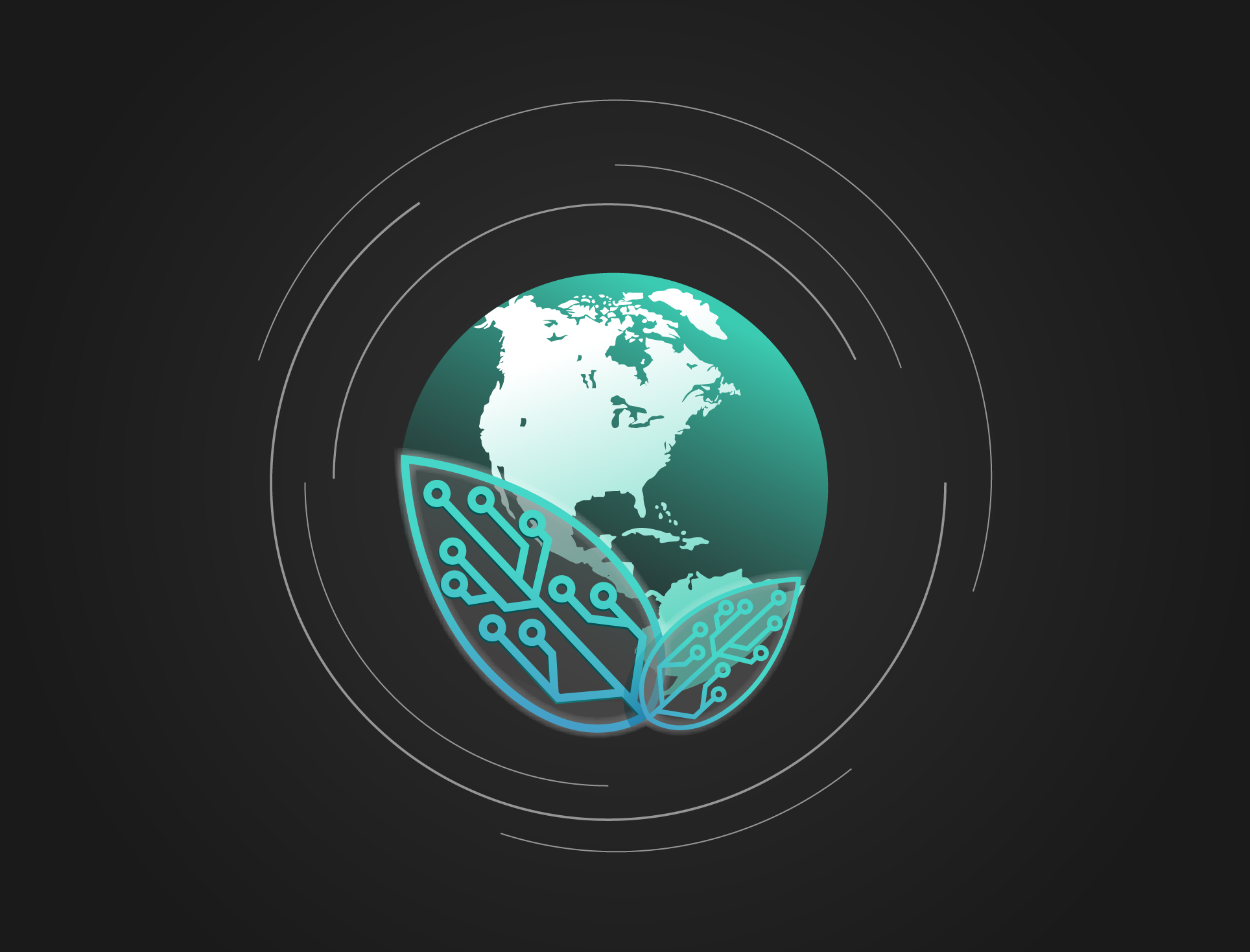How AI is Shaping Sustainable Cities

Our cities are constantly evolving, but the challenges they face – congestion, pollution, resource depletion – demand innovative solutions. Enter Artificial Intelligence (AI), a powerful tool emerging as a game-changer in urban design, with the potential to transform our cities into eco-friendly havens.
AI algorithms can analyze vast amounts of environmental data, acting as virtual architects for a sustainable future. Imagine parks and green spaces strategically placed to maximize environmental benefits, acting as natural lungs for the city. AI can analyze factors like wind patterns, sun exposure, and even noise pollution to create green areas that not only enhance aesthetics but also improve air quality and promote biodiversity.
Cities devour energy. AI can help us fight back. By analyzing building design and energy usage patterns, AI can suggest improvements to optimize energy efficiency. This could involve recommending layouts that maximize natural light and ventilation, identifying opportunities for building materials with superior insulation properties, and even predicting energy demand to streamline power grid management. Entire city blocks could be designed for lower energy consumption, reducing reliance on fossil fuels and lessening the environmental burden.
Waste management is a critical aspect of urban sustainability. Here too, AI can play a vital role. Intelligent waste sorting systems powered by AI can revolutionize how we handle waste. Imagine waste streams analyzed in real-time, with AI identifying and separating recyclable materials with greater accuracy than traditional methods. This not only reduces landfill waste but also contributes to a circular economy where resources are reused.
Traffic congestion is a major source of urban pollution. AI can help us move smarter. By analyzing traffic patterns and predicting peak hours, AI can optimize traffic light sequences and suggest alternative routes, reducing congestion and the associated emissions. Imagine a city where traffic flows smoothly, minimizing stop-and-go situations that contribute significantly to air pollution.
While AI offers immense potential, challenges remain. Data privacy concerns need to be addressed, and ensuring equitable access to the benefits of AI-powered urban design is crucial. Furthermore, successful implementation requires collaboration between city planners, policymakers, and citizens. Citizen participation in the design process is essential to ensure AI solutions reflect the needs and aspirations of the communities they serve.
Ultimately, AI offers a powerful toolkit for designing eco-friendly cities. By harnessing its capabilities, we can create urban landscapes that are not only sustainable but also enhance our quality of life. As we move forward, embracing AI as a tool for urban design is a crucial step towards a greener future for our cities and the planet.
